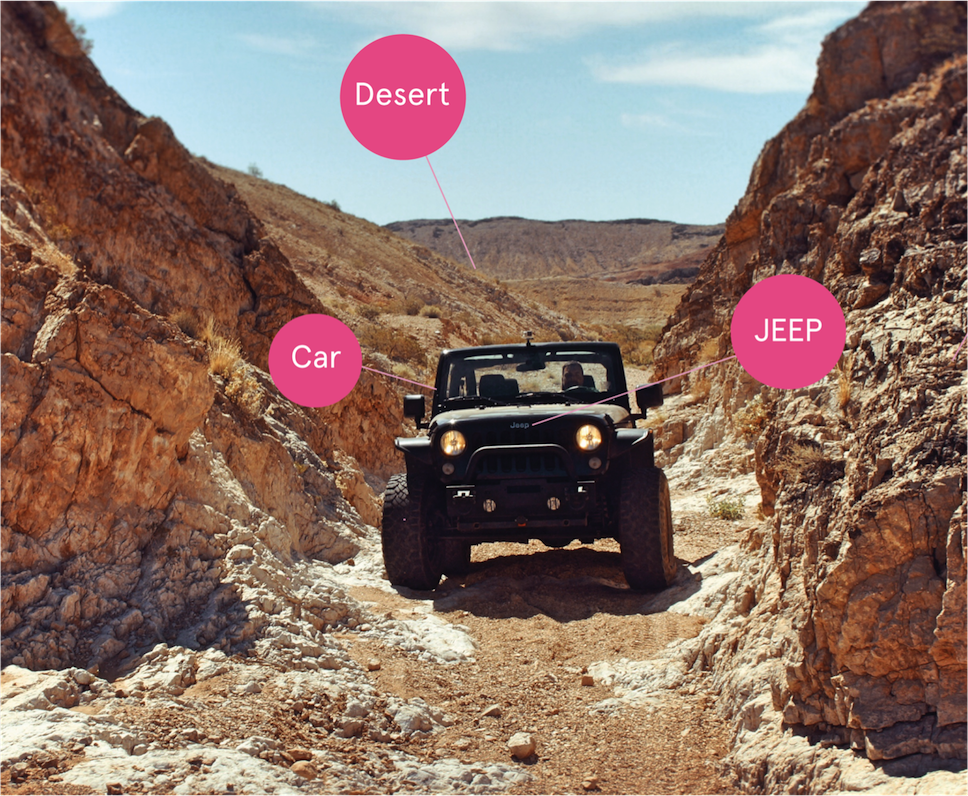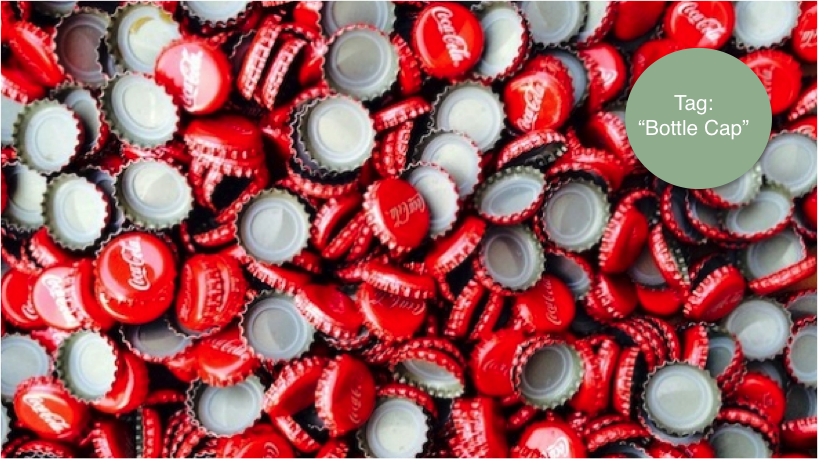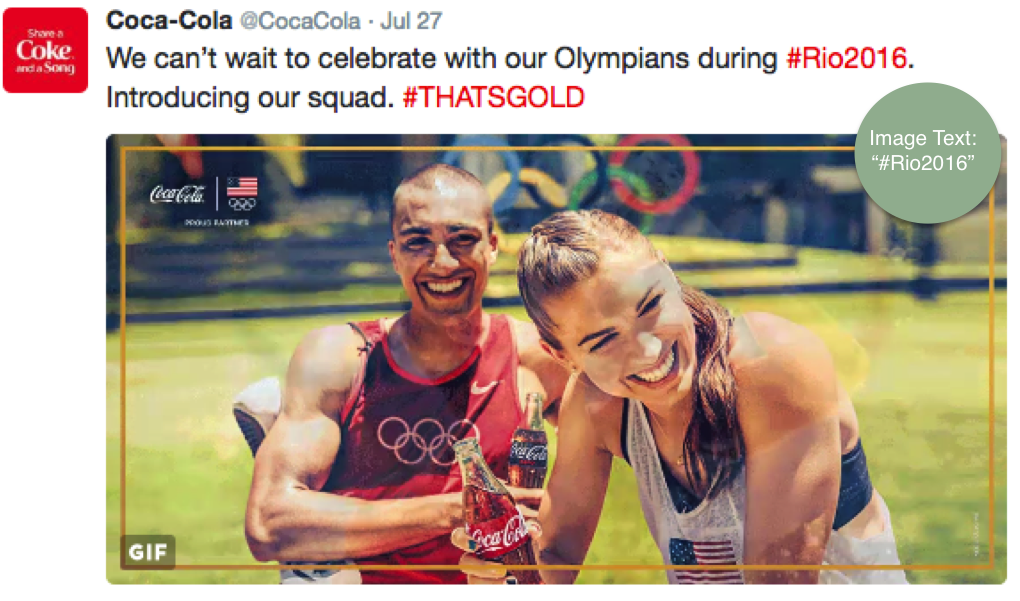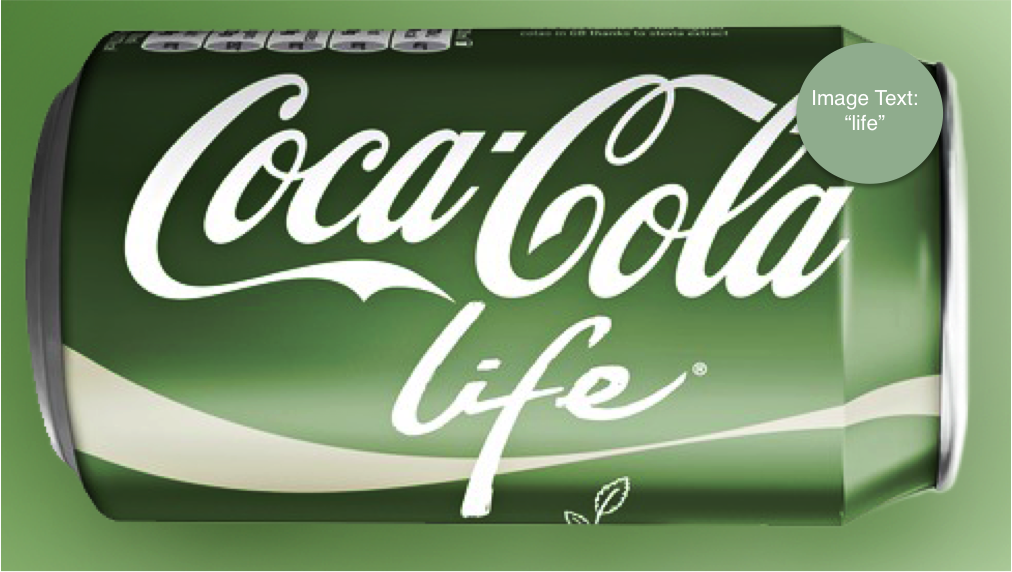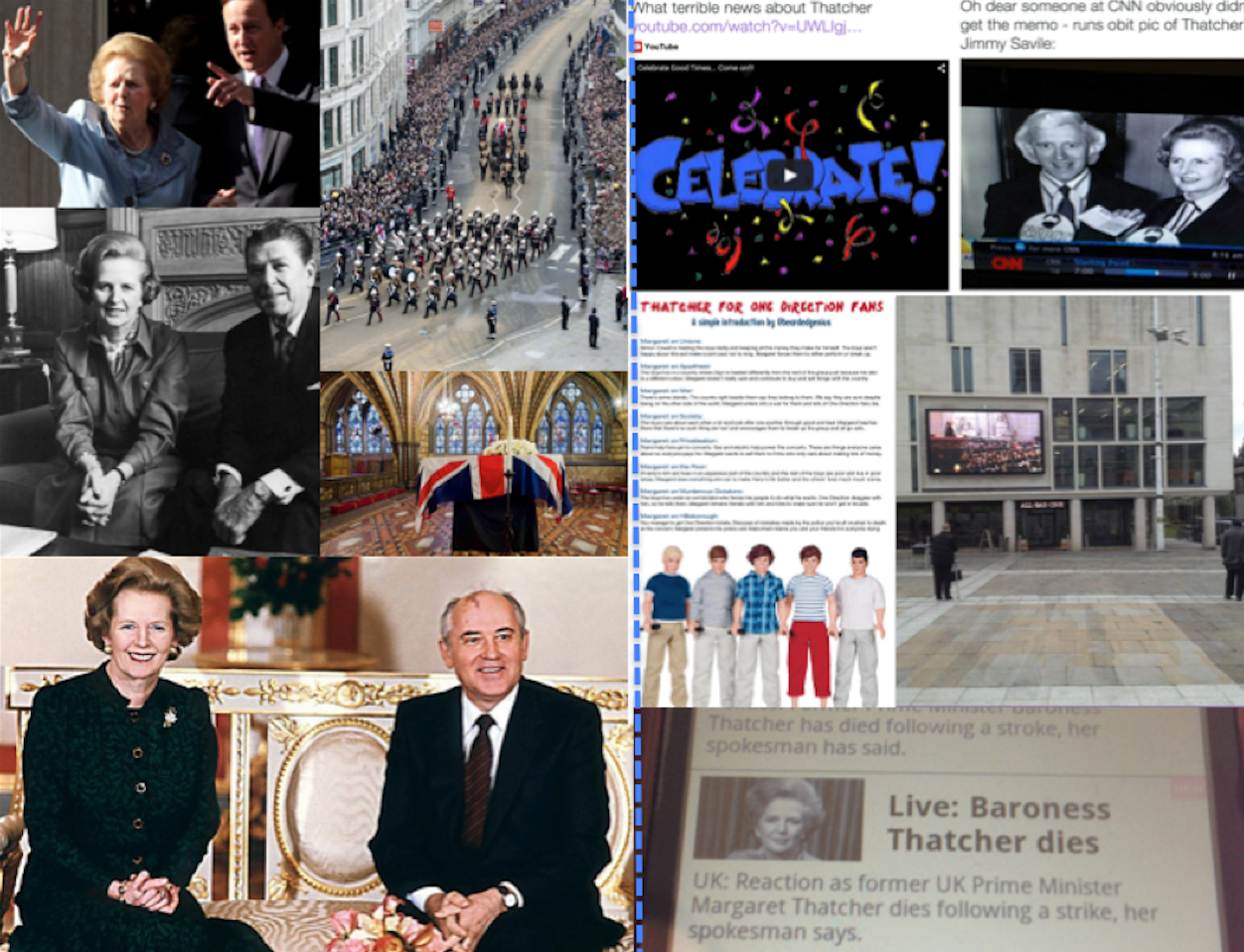Why marketers should listen when a picture says more than a 1000 words
Images have always been a popular way to communicate, but with the popularity of image-led social networks like Instagram and Snapchat, it's no surprise that images now fully dominate the way we express ourselves.
We use emojis & images to communicate our emotions, to add expression to expressionless text, and to put text into context (and yes, we're waiting for the day WordPress integrates an emoji keyboard).
Altimeter, a research and strategy consultancy recently launched a new report about this shift ('Image Intelligence: making visual content predictive') which maps out the current landscape for marketing opportunities, challenges and opportunities that can be explored using image analysis.
Brands can obviously benefit from exploring image analysis in that light. In the report, Altimeter highlights how brands should be spending time analysing and understanding the meaning of images, stating that "80% of images including one or more logos do not directly refer to the brand with associated text".
In short, text needs context, but so do images. And that’s why Pulsar looks at images from multiple angles - to understand that context:
- logo detection will bring back any images that show your brand’s logo.
- image text identification allows you to identify any text mentions of your brand within any images - as well as any keywords that might be related to a new campaign or slogan.
- emotion analysis - simply acting as a sentiment upgrade. Instead of analysing whether your audience are talking in a positive, negative or neutral manner, Pulsar can see whether they're angry, happy, sad, joyful, or disappointed, bringing a higher level of sophistication to your analysis.
Image analysis: 4 key functionalities
Within these features are some crucial functionalities that make image analysis a key component to understanding a specific topic or audience. We've highlighted four from Pulsar which will take your analysis to the next level:
1) Image tagging
Image tagging goes beyond basic logo recognition, it uses deep learning to understand the content and context of an image. That means Pulsar will be able to recognize a can of Coke even after someone crushed it on their forehead in a dare.
This type of analysis can help us understand and group a collection of images by scene, object, behaviour and logos. The image above is categorised instantly as Jeep, Desert, Car, Driving, so we can begin to build a database of images that include these specific areas.
2) Face detection
Another key functionality within image analysis is the ability to detect certain facial expressions that provide insight into age and gender.
Face detection also allows us to automatically identify whether the person in the image is a celebrity or famous figure. This type of detection means we can identity images that fit our demographical search criteria in a fast and easy way.
3) Filters
Not only can Pulsar detect and understand specific areas within images, we can also use filters to collect and segment the data.
Image tagging allows you to filter the image by topic. The image above is tagged as "Bottle Caps", so we could filter the data to only bring back images featuring bottle caps.
You can use this data to discover the demographical make-up of people drinking Coca-Cola bottles verses those buying cans. This data can then be fed into your marketing strategies for both products.
We can also look at the text within Captions, which means we can filter by any keyword in the text of the image’s caption. For example, if we want to run an analysis of how successful Coke's Olympic campaign has been, we could filter the data to only bring back mentions of "Rio2016".
Image analysis allows us to go even deeper into the image. We can also filter by any keyword in any text present in the image. If we wanted to see how Coke's newest variant is fairing online, we filter the dataset by "life" and it'll bring back all images with "Coca-Cola life".
Lastly, we can filter by any emoji contained in any text present in the image or caption of the image, which is vital if you want to add emotion to your analysis.
4) URL image extraction
URL image extraction identifies the most relevant image in any web page. So, if you're exploring a specific topic you can bring back the images which are most relevant to that topic across a URL search.
As an example, we tracked the death of Margaret Thatcher which brought back a selection of the most relevant images shared across the web and on social. This analysis creates an overall picture of how her death was covered in the press and received by the public. CNN released images of her with Jimmy Savile, another publication states she died following a “strike”, and someone tweeted the song ‘Celebrate Good Times’ – all of which have negative attributions. On the other hand, there are images of her meeting the world’s greatest leaders, subconsciously putting her on the same pedestal.
By analysing these images we can understand the political allegiances of the publications and get a feel of what the public’s reaction is to her death.
In summary, image analysis allows you to understand images, put them into context, and add another measurement to your audience intelligence.As the world gets more connected and our dialogue becomes image-led, the potential for image analysis is huge.
If you want to know more about Pulsar's image analysis features, please get in touch: [email protected].
